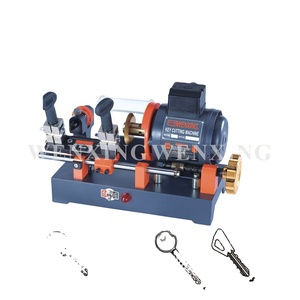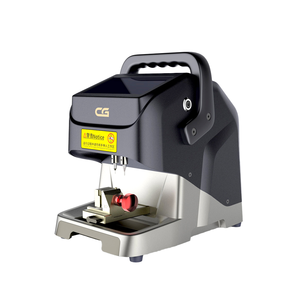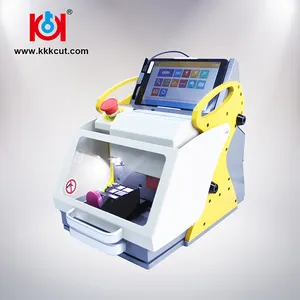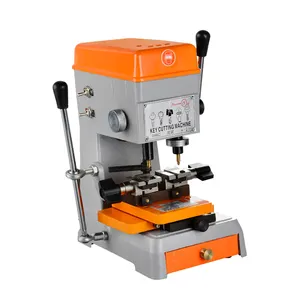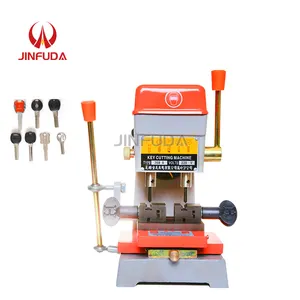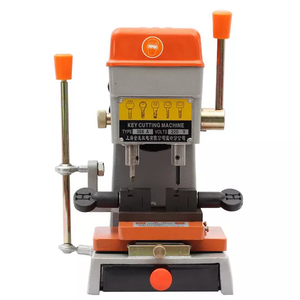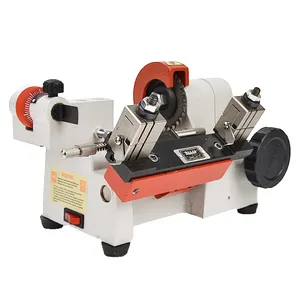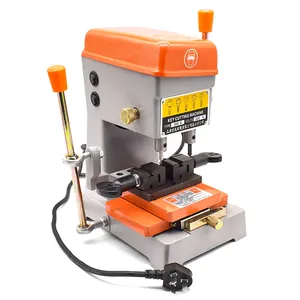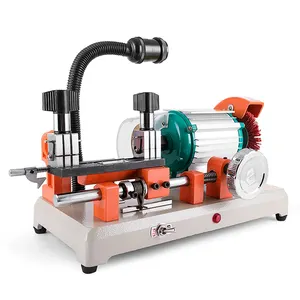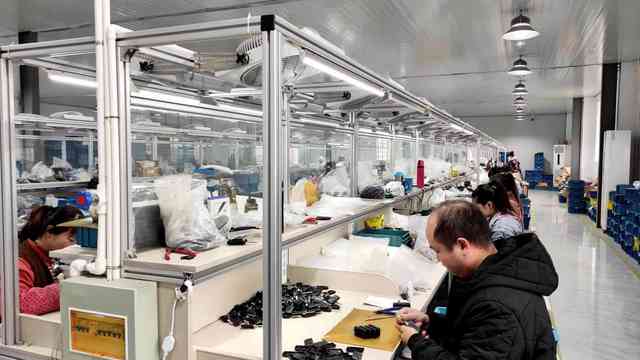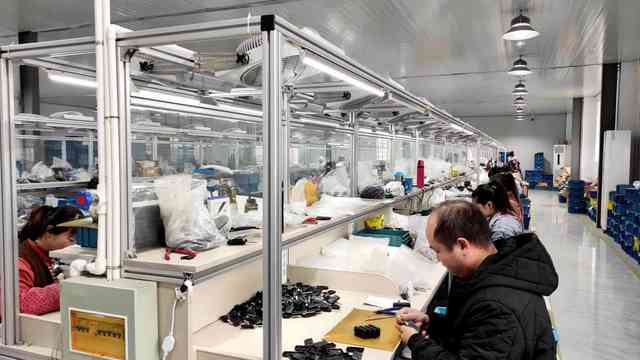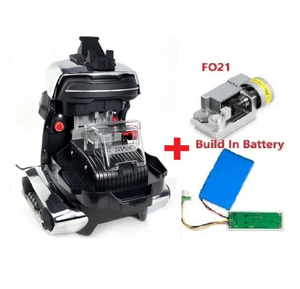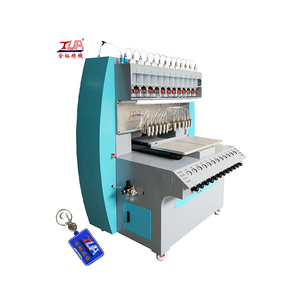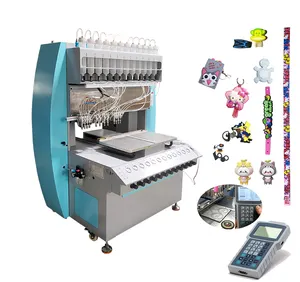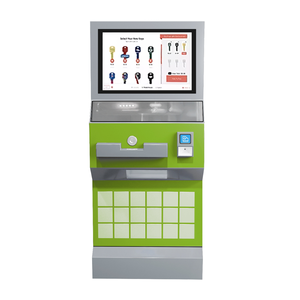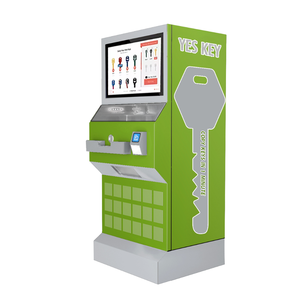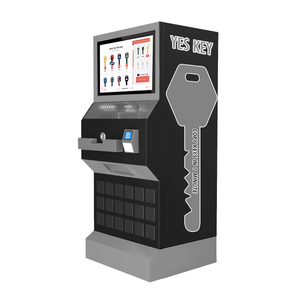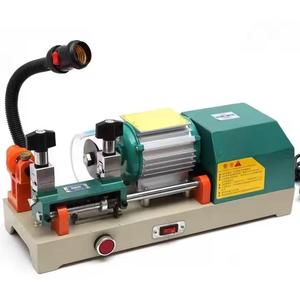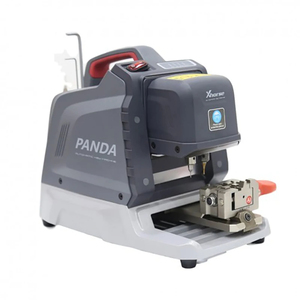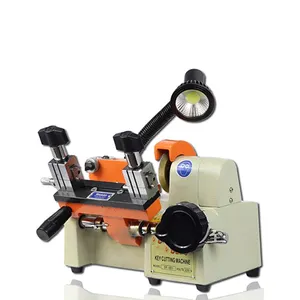Computerized Key Maker





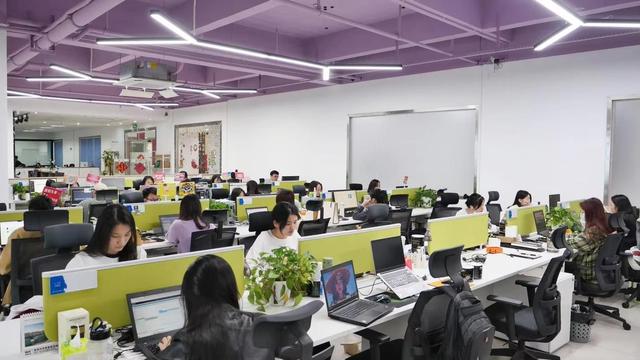












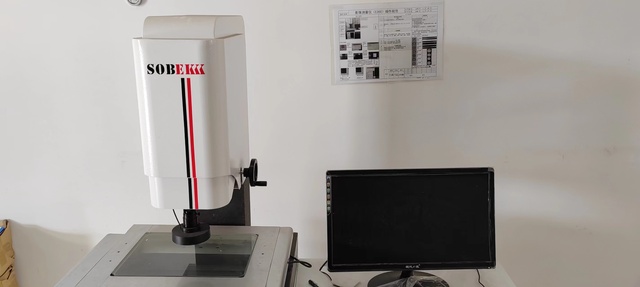



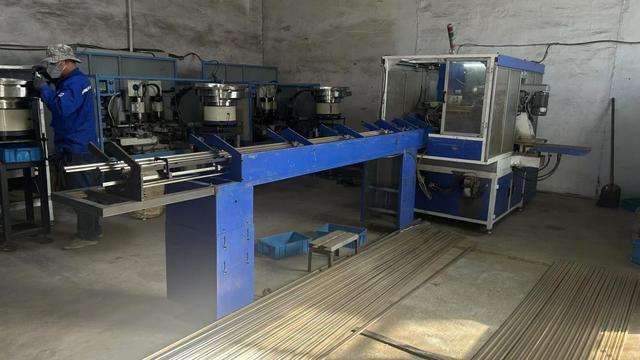



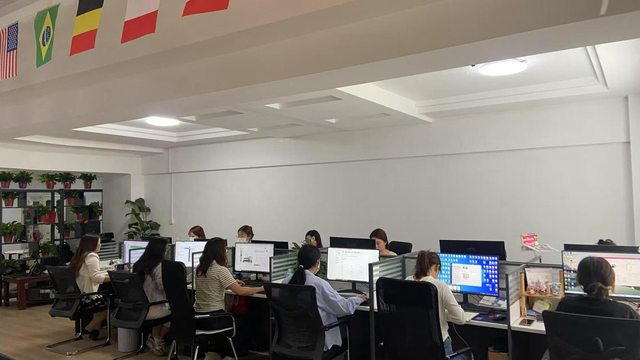











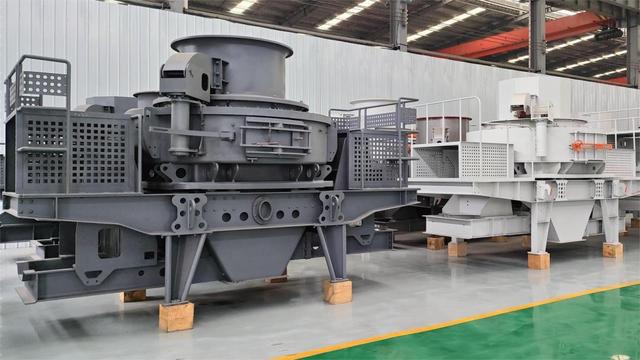







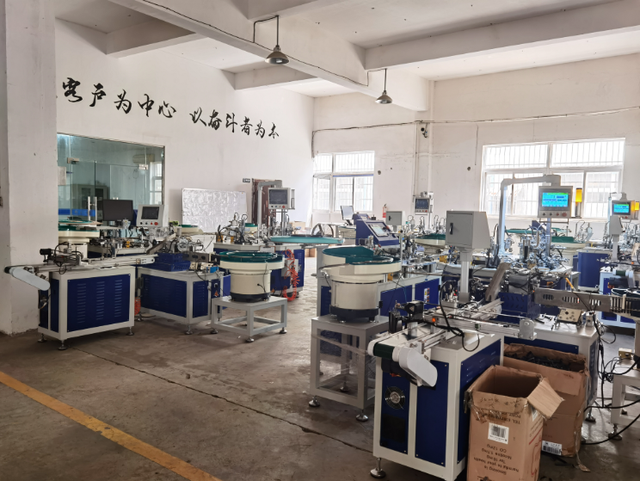


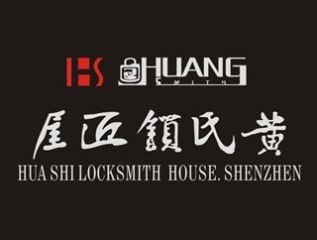










About computerized key maker
Where to Find Computerized Key Maker Suppliers?
China remains the central hub for computerized key maker manufacturing, with key production clusters in Guangdong and Hunan provinces driving innovation and scale. Guangdong’s Shenzhen and Foshan regions host advanced electronics-integrated machining facilities, specializing in automated key duplication systems with digital display interfaces and portable configurations. These zones benefit from proximity to semiconductor and precision motor suppliers, reducing component lead times by 20–30% compared to external sourcing.
Hunan's industrial base focuses on high-precision electromechanical locksmith equipment, integrating laser-cutting mechanisms and programmable logic controllers (PLCs) for automotive key replication. The region’s vertically integrated supply chain—from CNC-machined chassis fabrication to firmware development—enables rapid prototyping and batch production. Buyers gain access to mature ecosystems where R&D centers, assembly lines, and testing labs operate within consolidated industrial parks, supporting average order fulfillment cycles of 15–30 days for standard units.
How to Choose Computerized Key Maker Suppliers?
Effective supplier selection requires rigorous evaluation across technical, operational, and transactional dimensions:
Technical Compliance & Design Capability
Verify that suppliers support essential functionalities such as code-based key programming, automatic bitting recognition, and compatibility with transponder keys. For automotive applications, confirm integration with OBD-II or RFID reading modules. While formal ISO 9001 certification is not universally declared, prioritize suppliers demonstrating documented quality control procedures and in-house engineering teams capable of firmware updates and UI localization.
Production Infrastructure Assessment
Evaluate core capabilities through available metrics:
- Facility size and automation level (e.g., use of CNC machining, robotic calibration)
- Evidence of dedicated R&D focus, particularly in software interface design and cutting accuracy optimization
- In-house testing protocols for blade durability and motor longevity
Cross-reference response time (target ≤6 hours) and 100% on-time delivery rates as indicators of operational stability.
Transaction Risk Mitigation
Utilize secure payment frameworks such as escrow services to ensure product verification prior to fund release. Analyze reorder rates—ranging from 39% to 50% among top-tier suppliers—as a proxy for customer satisfaction. Request functional samples to validate cutting precision, noise levels, and user interface responsiveness before committing to bulk orders.
What Are the Best Computerized Key Maker Suppliers?
| Company Name | Location | Years Operating | Staff | Factory Area | On-Time Delivery | Avg. Response | Ratings | Reorder Rate |
|---|---|---|---|---|---|---|---|---|
| Foshan City Wenxing Machinery Co., Ltd. | Guangdong, CN | Data Unavailable | Data Unavailable | Data Unavailable | 100.0% | ≤25h | Not Rated | Unreported |
| Shenzhen Xing Chen Technology Trading Co., Ltd. | Guangdong, CN | Data Unavailable | Data Unavailable | Data Unavailable | 100.0% | ≤16h | Not Rated | 50% |
| Shenzhen Xing Chen Technology Trading Company Ltd. | Guangdong, CN | Data Unavailable | Data Unavailable | Data Unavailable | 100.0% | ≤6h | Not Rated | 39% |
| Hunan Kukai Electromechanical Co., Ltd. | Hunan, CN | Data Unavailable | Data Unavailable | Data Unavailable | 100.0% | ≤5h | Not Rated | Unreported |
| Qingdao Everise Int'l Co., Ltd. | Shandong, CN | Data Unavailable | Data Unavailable | Data Unavailable | 100.0% | ≤4h | Not Rated | 48% |
Performance Analysis
Suppliers based in Guangdong dominate responsiveness and customization breadth, with Shenzhen Xing Chen entities offering multi-language UI options, screen displays, and portable form factors. Their combined online revenue exceeding US $340,000 indicates strong market penetration in export markets. Hunan Kukai Electromechanical commands premium pricing (up to $2,995/unit), reflecting investment in laser-guided cutting technology and electronic programming functionality. Qingdao Everise stands out for price segmentation, offering entry-level models from $36/piece alongside high-speed CNC variants, catering to both retail and commercial locksmith segments. Despite limited public infrastructure data, all listed suppliers maintain perfect on-time delivery records, suggesting reliable logistics coordination.
FAQs
How to verify computerized key maker supplier reliability?
Assess consistency in product specifications across listings and request detailed technical documentation, including firmware version logs and motor RPM ratings. Validate claims through third-party transaction platforms with dispute resolution mechanisms. Prioritize suppliers with sub-6-hour response times and proven reorder behavior.
What is the typical sampling timeline?
Sample production generally takes 7–15 days, depending on customization complexity. Units requiring specific language settings or graphic labeling may extend to 20 days. Air freight shipping adds 5–10 business days internationally.
Can suppliers accommodate custom branding and design?
Yes, multiple suppliers offer OEM/ODM services, including logo imprinting, color variation, packaging redesign, and label localization. Minimum order thresholds vary, but customization is typically available starting at 3–5 units for basic modifications.
What are common MOQ and pricing structures?
Minimum Order Quantities range from 1 piece to 3 sets, with per-unit prices spanning $332–$2,995. Lower-priced models target manual duplication tasks, while higher-end systems integrate digital scanning and programmable memory for automotive key replication. Volume discounts are commonly applied beyond 10 units.
How to assess machine durability and performance?
Request test videos showing continuous operation over 2+ hours. Inquire about blade material (typically tungsten carbide) and spindle runout tolerance (ideal: ≤0.02mm). Benchmark noise output (<75 dB) and power consumption (110–220V, 50–60Hz) against industry norms during sample evaluation.







